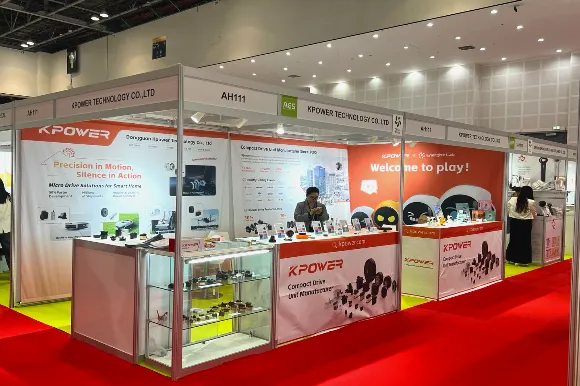Have you ever wondered how your favorite apps stay fast, flexible, and reliable, even as they grow bigger? You probably have, especially if you've ever watched a complex website load in a jiffy, despite juggling multiple features. That’s where microservices come into play—tiny, independent pieces of functionality working harmoniously behind the scenes. Now, the key to making these microservices behave? Design patterns. Think of them as the architectural secrets you can rely on to build a system that’s both scalable and resilient.

So, what are the go-to microservices design patterns? Let’s break down some popular ones. The first that comes to mind is the API Gateway pattern. It’s like the friendly gatekeeper—handling all incoming requests and routing them to specific microservices. It keeps things tidy and secure. Imagine ordering at a busy restaurant: instead of shouting your order to every chef, you tell one person who then directs your request smoothly to the right chef. That’s the API Gateway in action.
Then there’s the Service Registry pattern. Picture a directory where all microservices register themselves upon start-up, making discovery simple. It’s like a business directory in a busy city, helping services find each other instantly without getting lost in the chaos. No more hardcoded addresses or messy configurations—this pattern keeps the system agile.
Another pattern worth noting is the Saga pattern, especially when you’re dealing with transactions that span multiple services. Imagine your online shopping cart: you add items from different stores, place the order, and if one part fails—say, the payment doesn’t go through—the Saga pattern coordinates a rollback, undoing all changes comprehensively. It acts like an invisible referee ensuring everything stays fair, even when things go awry.
But here’s a question—what about handling failures? Microservices must be resilient. The Circuit Breaker pattern can help. Ever been to a restaurant where they temporarily stop serving a dish because it’s sold out? That's the circuit breaker saying, “Hold on, system is overloaded; don’t keep trying!” It avoids letting failures cascade, giving the system room to breathe and recover.
Let’s not forget about data management. The Database per Service pattern encourages each microservice to manage its own database. This keeps services decoupled, like independent islands, so they won’t sink the whole fleet if one has a hiccup. It also promotes faster development since teams don’t step on each other's toes.
Does all this make sense? Think about a music streaming app: user services, song libraries, playlist management—each microservice enriched by these patterns. It’s like a well-orchestrated band where every instrument knows its part, yet all come together in harmony.
At the end of the day, understanding these design patterns isn’t just academic. They’re the secret sauce for crafting systems that are flexible, scalable, and tough enough to handle real-world craziness. Building with these patterns means fewer bugs, more uptime, and user experiences that feel seamless. Now, isn’t that what everyone wants?
Established in 2005, Kpower has been dedicated to a professional compact motion unit manufacturer, headquartered in Dongguan, Guangdong Province, China. Leveraging innovations in modular drive technology, Kpower integrates high-performance motors, precision reducers, and multi-protocol control systems to provide efficient and customized smart drive system solutions. Kpower has delivered professional drive system solutions to over 500 enterprise clients globally with products covering various fields such as Smart Home Systems, Automatic Electronics, Robotics, Precision Agriculture, Drones, and Industrial Automation.




































